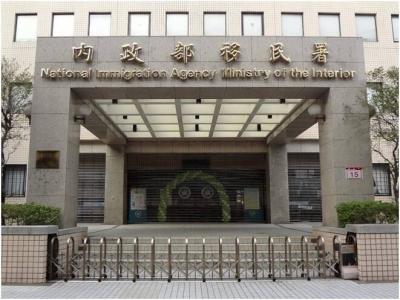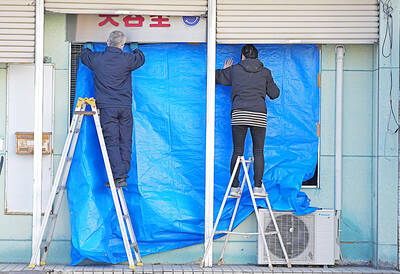Incoming Straits Exchange Foundation chairman Chiang Pin-kung (江丙坤) yesterday dismissed media reports claiming that he described cross-strait flights as direct flights.
Chiang, who left for Okinawa yesterday, told reporters at the Taoyuan International Airport that he had never said "cross-strait" aviation routes were "direct" aviation routes after media reports quoted him as saying that during a recent interview with Japanese media.
Chiang said that the "cross-strait aviation route" was a compromise term by both sides after they could not agree on whether they should be defined as international or domestic.
"Hopefully negotiation between Taiwan and China will begin as soon as possible so that the new Cabinet can issue administration orders as soon as Ma is sworn in," Chiang said when talking about president-elect Ma Ying-jeou's (馬英九) campaign policies of implementing weekend direct charter flights, opening up Taiwan to Chinese tourists and deregulating currency exchange between the New Taiwan dollar and the yuan.
What's more, he stressed in the interview that "scheduled direct flights" between the two sides would be implemented next year.
He said that the resumption of cross-strait dialogue would be the first step toward the improvement of cross-strait relations and that he would not rule out the possibility of high-ranking Chinese officials visiting Taiwan or his visiting China after he takes over as SEF chairman.
Before talking with the new chairman of China's Association for Relations Across the Taiwan Strait, Chiang said he would visit China twice in his capacity as KMT vice chairman. The first visit is scheduled for Thursday to express gratitude for the support Taiwanese businesspeople showed for Ma while the second visit is scheduled for May 6 to prepare for the resumption of cross-strait dialogue.

A small number of Taiwanese this year lost their citizenship rights after traveling in China and obtaining a one-time Chinese passport to cross the border into Russia, a source said today. The people signed up through Chinese travel agencies for tours of neighboring Russia with companies claiming they could obtain Russian visas and fast-track border clearance, the source said on condition of anonymity. The travelers were actually issued one-time-use Chinese passports, they said. Taiwanese are prohibited from holding a Chinese passport or household registration. If found to have a Chinese ID, they may lose their resident status under Article 9-1

Taiwanese were praised for their composure after a video filmed by Taiwanese tourists capturing the moment a magnitude 7.5 earthquake struck Japan’s Aomori Prefecture went viral on social media. The video shows a hotel room shaking violently amid Monday’s quake, with objects falling to the ground. Two Taiwanese began filming with their mobile phones, while two others held the sides of a TV to prevent it from falling. When the shaking stopped, the pair calmly took down the TV and laid it flat on a tatami mat, the video shows. The video also captured the group talking about the safety of their companions bathing

PROBLEMATIC APP: Citing more than 1,000 fraud cases, the government is taking the app down for a year, but opposition voices are calling it censorship Chinese Nationalist Party (KMT) Chairwoman Cheng Li-wun (鄭麗文) yesterday decried a government plan to suspend access to Chinese social media platform Xiaohongshu (小紅書) for one year as censorship, while the Presidential Office backed the plan. The Ministry of the Interior on Thursday cited security risks and accusations that the Instagram-like app, known as Rednote in English, had figured in more than 1,700 fraud cases since last year. The company, which has about 3 million users in Taiwan, has not yet responded to requests for comment. “Many people online are already asking ‘How to climb over the firewall to access Xiaohongshu,’” Cheng posted on

A classified Pentagon-produced, multiyear assessment — the Overmatch brief — highlighted unreported Chinese capabilities to destroy US military assets and identified US supply chain choke points, painting a disturbing picture of waning US military might, a New York Times editorial published on Monday said. US Secretary of Defense Pete Hegseth’s comments in November last year that “we lose every time” in Pentagon-conducted war games pitting the US against China further highlighted the uncertainty about the US’ capability to intervene in the event of a Chinese invasion of Taiwan. “It shows the Pentagon’s overreliance on expensive, vulnerable weapons as adversaries field cheap, technologically